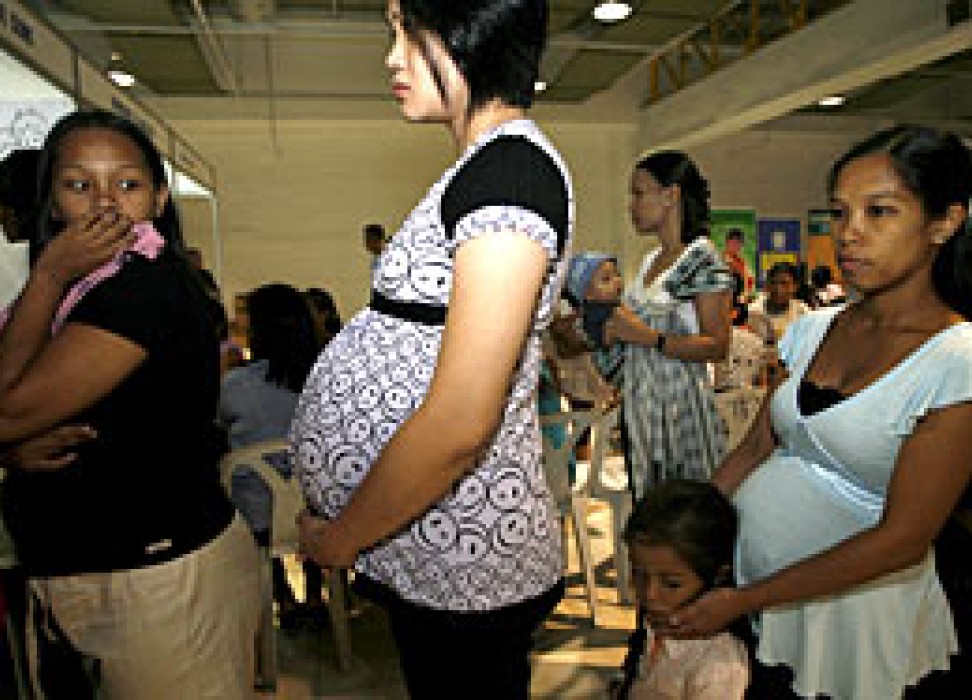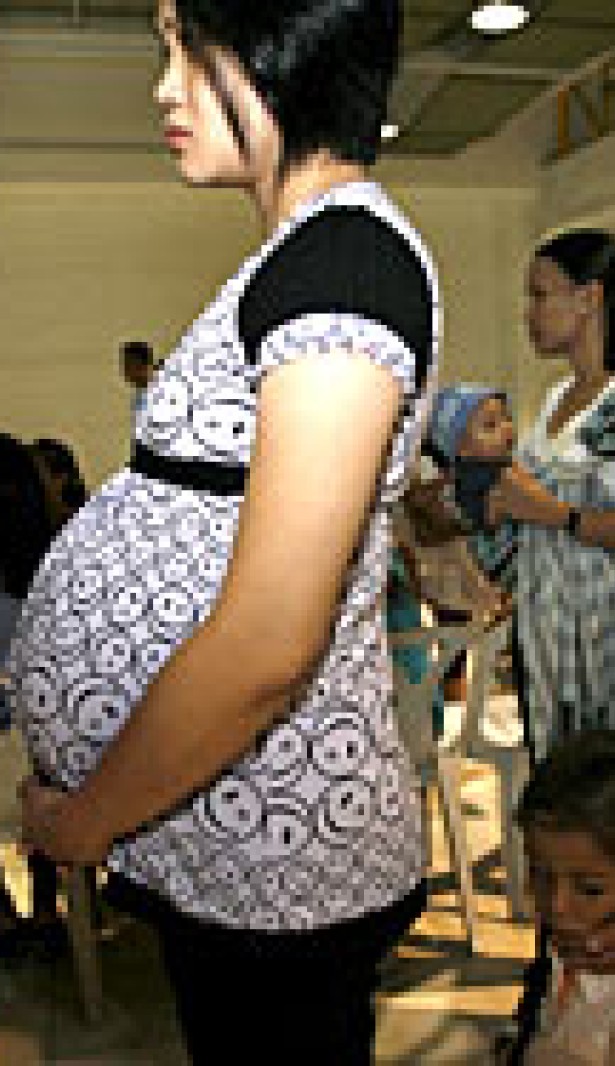Eliminate preventable maternal mortality now
02 November 2011

Alyne da Silva Pimentel’s life ended after giving birth to a stillborn because she did not receive the adequate care that she needed in order to survive. Although this led to the recent historic ruling that highlighted woman’s rights violations in Brazil, the story of 28-year-old Pimentel, who leaves behind a 5-year-old daughter, is not unique.
Every minute one woman in the world dies from issues related to pregnancy or childbirth due to negligence and inadequate healthcare. These women’s lives could have been saved.
Even though preventable maternal mortality and morbidity dropped by one third between 1990 and 2008, further progress needs to be made. At a panel discussion held at the Human Rights Council in Geneva in September, health and human rights experts advocated applying a human rights-based approach towards the elimination of preventable maternal mortality and morbidity.
UN Human Rights Chief, Navi Pillay, set the tone for the event. “Maternal mortality and morbidity is a consequence of gender inequality, discrimination, and a failure to guarantee women’s human rights which is perpetuated by formal laws, policies, and harmful social norms and practices,” she said.
Pillay presented a report by her office that included specific ways to eradicate maternal mortality and morbidity. According to the report, “While many factors contribute to maternal deaths and disabilities, one of the most effective means of preventing them is to improve health systems and primary health to ensure the availability of skilled attendance at all levels and access to 24-hour emergency obstetric care.”
The report also encourages increasing access to contraception and family planning, providing safe abortions, addressing gender inequality, and implementing accountability measurements such as death audits to monitor and analyze State obligations.
“There is no time to waste,” Pillay said. “The Human Rights Council plays a crucial role in ensuring that the UN system, international institutions and States are grounding their efforts in international human rights standards to reduce and eliminate maternal mortality and morbidity, and are using a human rights-based approach in all their work in this area,” she added.
The United Nations’ Global Strategy for Women’s and Children’s Health hopes to save 16 million lives by 2015. The Millennium Development Goal 5 strives to reduce maternal mortality by three quarters between 1990 and 2015.
Even though there is much work ahead on this issue, there have been signs of improvement. According to a report from the Commission on Information and Accountability for Women’s and Children’s Health, pregnancy-related deaths have declined from 11.9 million in 1990 to 7.7 million in 2010.
The UN Human Rights report also cites improvements, such as the rejection of female genital mutilation and cutting in Africa, as well as the implementation of sexual and reproductive health education to eighth through eleventh grade children in Armenia.
Vice President of Colombia, Angelino Garzón, also speaking at the event in Geneva, stressed the importance about educating women of their rights. He said that women should have knowledge of their basic human rights because most women in developing countries do not know what services they can access and how they can receive assistance. “Women must be involved. Women have a legitimate right to life and we have the obligation to guarantee these rights,”Garzón said.
2 November 201
United Nations Millennium Development Goal 5
United Nations’ Global Strategy for Women’s and Children’s Health (PDF)
UN report from the Commission on Information and Accountability for Women’s and Children’s Health (PDF)
UN Human Rights report on Human Rights-Based Approach to Eliminate Preventable Maternal Mortality (PDF)

VIEW THIS PAGE IN:
